Water is the essence of life on Earth and nothing can take its place in the natural system. It’s the fundamental element that allowed us, life on Earth, to emerge from the primordial soup. If there’s no water, there is no life and there is no type of organism that can resist without water. This is pretty cool when you think about it, because there are organisms capable to outlive radioactive events but can’t live without water.
[the_ad_placement id=”in-text-1-type-a”]Even the human body is 60 percent water which explains why what we drink has such a huge influence on our health and general mood. We’re sure you know by now that water can be both friend and foe to the human organism which is why you need to learn how to purify water (if you don’t know it already).
Usually, in case of natural disasters (global or local) water sources get contaminated with all sorts of harmful bacteria or with industrial spills from factories and sewage pipes that get broken. This is the main reason why authorities recommend population to avoid drinking from water sources that were considered safe before the disaster. They need to test the water first to make sure it continues to be safe to drink. Try only to imagine how much damage contaminated water can produce in our bodies.
All our tissues have water in their composition and they need to stay hydrated in order to live. Bad water would bring harmful bacteria in every part of our body, spreading them faster than the immune system could react.

Having fresh water to drink during a difficult time it means having the necessary sources to fight for your life. Our body can resist only 5 to 10 days without water but this period of time differs according to the surrounding conditions. It is 5 to 10 days in ideal conditions: no stress, no food, no movement; and these days would be real torture because you actually can feel the body dehydrating. There might also be permanent damages as some tissues die faster without water.
In stressful conditions, when you need to move and think fast carrying a big backpack on your back, your resistance is 2 days and a half top. If you didn’t pack enough water or it just happened that you are left without fresh water to drink, purifying water you can find around is the next best thing.
Why you should know it?
If you’re still not convinced how bad contaminated water can be for your body, we have a perfect example. Imagine that you are hiking and your water supply is very low. You find a small pond with clear, cold water that looks amazingly tempting in the harsh summer sun. You drink form it (the water looked clean enough) and even renew your supply just in case you’ll need some more until you get home.
Well, from here it’s only down hill (literally and figuratively). You start to feel weak, your stomach starts signaling that something is wrong and, after a while you start to experience severe diarrhea and vomiting. This actually accelerates the dehydration and you’ll feel weaker and weaker. In the end, you won’t be able to go any further and you are going to be forced to call for help. This small adventure will probably lead to you being treated for severe dehydration and who knows what sort of bacteria and parasites.
Now, do the math: if drinking water, without purifying it, during a nice summer day, can put you in the hospital, what would happen to you during a disaster? Help might not be able to reach you in time due to obstacles and other difficulties. As you can see, drinking water from a contaminated source can actually accelerate the dehydration process. Remember: bacteria and parasites can live in water that looks clear too. They are too small to be seen with the naked eye. Furthermore, you should know the risks you are putting yourself to when drinking unfiltered water.
[the_ad_placement id=”in-text-2-type-a”]In order to recognize if you are dehydrated, you need to know the three stages of dehydration:
- Mild dehydration – the main symptoms you’ll experience are: less saliva and urination and a darker color in urine;
- Moderate dehydration – dry mouth, your heart will start to pump faster as it tries to keep the body cool, dry eyes, extreme decrease in urination;
- Severe dehydration – at this stage your skin starts to get grey-ish, you’ll feel lethargic and you’ll suffer from vomiting and diarrhea (ironic, right?), you won’t have any urine left and your skin would be cold to touch.
You can recover from any of these stages if you get help and water in time. If not, the final event is death. Hopefully now, after reading all this, you can appreciate the value of water in our lives and how important is to be able to purify your own water.
Best methods to purify water
Our ancestors were extremely inventive and, after realizing how important water is for their bodies, they looked for methods to purify it so they can drink it safely. That is why today, there are several safe methods to purify water when you’re out in the wilderness or when you’re at home. Each one of the methods we are going to discuss is safe and each one was already tested more than several times so you can trust them completely.
First method: boiling water
We all know that water boils when it reaches 100 degrees Celsius (212 Fahrenheit). We also know that there are very few bacteria that resist to temperatures that high for long time. Drawing the final conclusions, water can be purified through boiling, if you apply the method right.
- First step is to build a fire (if you’re in the wilderness) or simply lit the stove. Put the pot with water on the fire (if you don’t have a pot, use any fireproof container you have around) and wait until the water starts to boil (when it starts to make bubbles).
- Continue heating the pot until the water starts boiling hard and then start timing. Let it boil for about 5 to 10 minutes according to the altitude you are situated at.
- When the time is out, take the pot from fire and let it cool down. The cooling down period is also very good to allow solid items to settle at the bottom of the pot. After this, your water is safe to drink.
Things to remember: Usually boiling a pot of water for about 3 minutes kills the most bacteria and makes the water safe to drink. Still you need to keep in mind a few things:
- boiling won’t clean the water from heavy metal impurities;
- it is best to let the water boil for more than 5 minutes. Some chemicals are eliminated through vaporization;
- The boiling temperature drops with altitude, which means that after 5500 m boiling becomes inefficient. Also you should add an extra minute of boiling for every 300 meters above sea level.
Second method: purification tablets or drops
This is not the tastiest method of purifying water but, in times of need, it doesn’t really matter. Tablets or drops leave a bitter taste in the water, after purification. There are a few types of drops and tablets but the most common ones are iodine and chlorine tablets. You can read more about types, uses, and products in our article on water purification tablets.
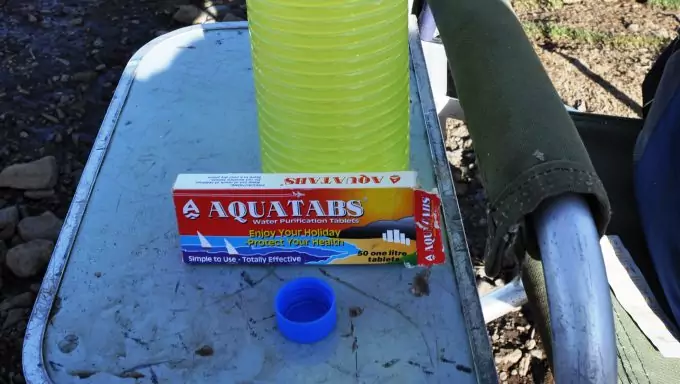
You can find these at any adventures stores as they are mostly used by outdoor adventurers.
Here are a few tips on how to use them in order to be the most efficient:
- Try filtering the water first if there are big particles floating around (you can use a clean cloth for this). This will be a first step to filtering and purifying your water. You can learn how to make a water filter using what you have around from this amazing step-by-step tutorial.
- The optimum water temperature should be about 21 degrees Celsius (68 Fahrenheit). At this point the tablets will be the most efficient.
- Don’t use expired tablets or ones that about to expire in a few days. These are not going to be as effective as fresh ones.
- The optimum quantity is one table for one quarter of the water quantity.
- Allow the tablets to dissolve completely in water by shaking the bottle. When the tablets are completely dissolved, wait 30 minutes before drinking.
- You should know that if the water is cold you have to wait about one hour before drinking. The coldness makes the tablets less efficient.
Useful tip: If you have any flavorings like powdered forest fruits mixes, it may lessen the bitter taste and make the water easier to drink.
Third method: use your wilderness skills to purify water
This method will come in handy in case you are out in the wilderness and you don’t have the possibility to implement any other methods of purifying water. The method may seem a bit complicated and wild but it’s good to know how to purify water when there’s no pot, fire of tablets around to use.
The process requires a few items you can find in nature like: birch bark (or any type of bark that is flexible enough to shape into a cone), a piece of rope (or some other flexible, strong material that you can use to tie the cone), charcoal, sand, gravel, and grass. A lot of weird items right? Here is how to use everything:
- After you find the right type of bark, cut a piece big enough to make a cone out of it. Use the rope or a strong piece of grass to tie the cone around to help it keep its shape.
- Add some layers into the cone that will filter and purify the water. Put the layers in this order: sand, charcoal, grass and gravel. The charcoal is especially effective in purifying the water.
- Pour water through the cone into a container. Repeat the operation at least three or four time to make sure most of the bacteria are gone.
Remember: this method is not 100 percent efficient but it will remove the most bacteria from your water. If you have a good immune system it will fight off the remaining ones without any trouble. Anyways, you shouldn’t use this method unless there is an emergency and you are in absolute need of water.
Forth method: use the sun to obtain pure water
This is not a method we recommend to use when in distress. Obtaining pure water using the sun can be slow and the resulted quantity unsatisfying, so don’t count on it when you are facing a disaster. It’s more like a method to test when you’re out, on a new adventure, trying new things.
You’ll need a big bowl or a recipient with large opening and tall walls, a heavy cup that goes inside the bowl without being taller than the bowl, clear wrap, and a big rock (and sun, of course).
- Put water you want purified in the bowl and add the cup inside. The cup should be heavy enough so it doesn’t float. Make sure no water gets inside the cup.
- Put the clear wrap over the bowl and seal the water and the cup in completely.
- Add the big rock on top of the clear wrap, over the cup.
- Put this entire arrangement in the sun.
The principle is simple: heat from the sun will vaporize the water from the bowl.
Still, because of the clear wrap, the water can’t go anywhere and drops of clear water will form in the inside of the wrap, sliding to the lowest point (here is where the rock shows its usefulness) dripping into the cup. It could take a few days to get a clear cup of water, which is why the method is not recommended when facing difficult times.
Fifth method: using a water purifier
Of all the methods, this could be the fastest and most efficient. There all sorts of water purifiers on the market but the most used one is the bottle with a built-in water purifier. It’s easy to carry one with you and you don’t add any extra weight to your backpack. The principle behind this bottle is quite simple: before letting the water in the bottle, they run it through the purifier to stop any bacteria or parasites that it may contain.
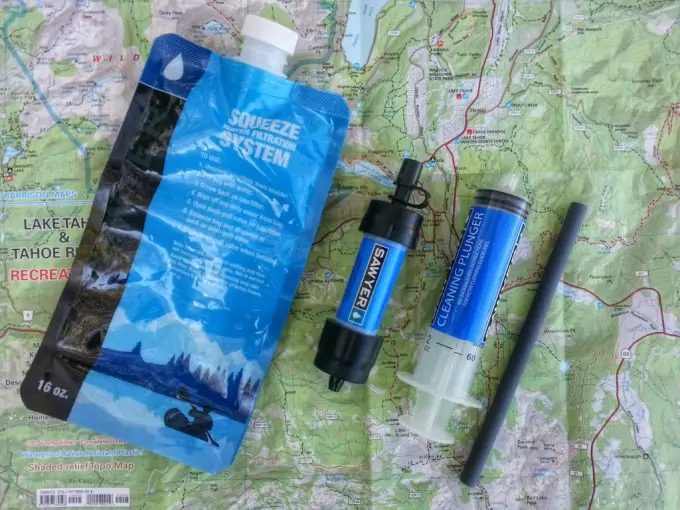
There are several types of water bottles with a built-in filter on the market so you can choose according to your preferences and budget. There are also different types of straws on the market and we have an in-depth review for the Sawyer water filter.
[the_ad_placement id=”in-text-3-type-a”]If you don’t have this type of water bottle (which we think you should have) you can use other types of water purifiers like:
- The ultraviolet pen – it’s light and easy to use. You just stick it in the water and wait for the light to turn green. When the light is green start stirring the water with the pen until the light goes off. Only then it’s safe to drink as the ultraviolet light killed all living things in the water.
- The gravity fed purifier – this type is quite large and it’s pretty hard to carry it around in a backpack. It’s best to use it at home or when you’re camping so you can have space to carry it.
After depicting the most used methods of how to purify water we can definitely say that the most used one and the fastest is the filtering and boiling method. It’s better to filter the water through a dense, clean cloth in order to remove any sand, dirt or any other big particles. This way you won’t have to let the water to settle after boiling. Of course, it’s more recommended to use a water filter that is already built in your bottle but if you don’t have that luxury in the wilderness, a good boiling will do.
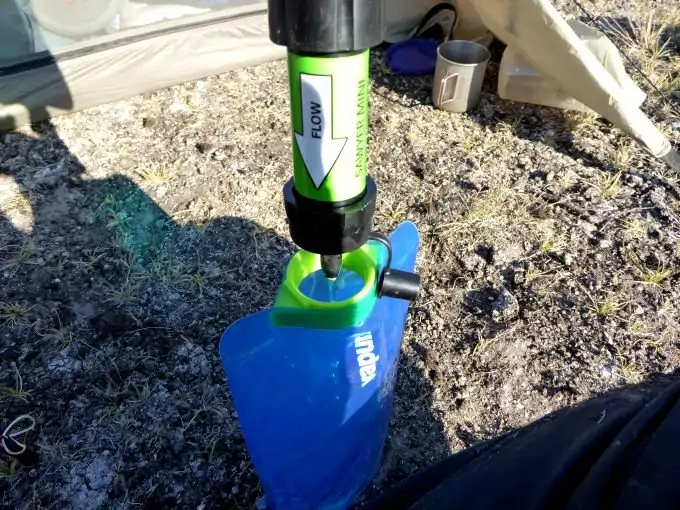
Water is very important in our day-to-day sedentary life and we couldn’t carry on our activities without being hydrated. When in wilderness, doing physical effort or when you try to escape a disaster, your body eliminates more water through sweat. This is our natural cooling system that tries to keep our body at an optimal temperature, allowing it to function the way it should.
If you’re not hydrated, your heart will have to work harder and you’re tissues will lose their strength and flexibility making you feel sick and without energy. Water is not an item to ignore when putting together your emergency pack!
Now that you know how to purify water, with or without other items around, you can consider yourself prepared for surviving a massive disaster. We don’t appreciate it, but the fact that we have pure water at the tap is a pretty amazing thing. Still, it’s also a disadvantage because we are not prepared to find and obtain pure water when things get bad. Many people don’t like to get wild and adventurous preferring the comfort of a hotel when they go on vacations.
This is actually a big downside regarding survival preparedness because it makes you think that everything is simple and easy to obtain. Going on an outdoor adventure with your friends can teach you many things about survival preparedness and how to live in the wilderness. Maybe it’s time to reconsider your vacationing style, don’t you think?


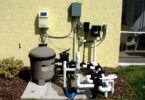
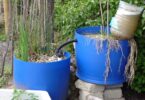
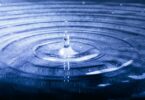
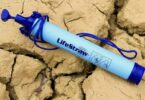
We campers do obsess about the quality of drinking water, and, in my opinion, there’s a justifiable reason behind this obsession. We have a tendency to assemble in secluded areas, and more often than not, there is only a single source of water in the camping area and anything awry enough with the water to make one camper ill poses a risk to the rest to the crew.
And as a side note, we as a species, apparently, inevitably worry more about contamination than animals, as any feline or puppy proprietor will know.
Hi Wayne,
Thank you for the comment.
You are correct that an ill-effect to one camper due to a single water source can have a negative impact on the rest of the group. This is why it is important to filter water as much as possible.
Humans didn’t always worry about contamination but the advancement of science and research have inculcated a culture of germophobia amongst modern humans. But not everybody is affected, my good buddy Bear, will drink his own urine if needed. True survivalists would know when not to drink contaminated water but if SHTF, then you have no choice.
Andrew
Boiling water is still undeniably the best and most convenient water purification for me. But in case of a home emergency where you run out of fire and cannot get out of the house, it’s best to stock up on safe drinking water. And maybe some of those purifying tablets and drops just in case (and thanks for the heads up about the horrible taste!) as one can go for days without food but not without water.
You can add a powder to this method to improve the taste. I personally like TANG and another option is the crystal light flavors. I believe Desani has some now as well.
It is always resourceful to know an alternative water purification method apart from boiling that can save your life during an emergency.
I always go into the woods with the “Life Straw” (Not a promo or advice for others) and it has worked every time I used it whether in tests for the first dozen times, or in real world situations during three day hunting trips when that is all I had for drinking from creeks, stream and lakes. I also use a bottle version to fill to make coffee, which is a must for me daily. (Ole Timers got to have our coffee)…
That’s a good idea, but i would prefer a lifestraw, or purification tablets if it is in the wild.
You are right, the LifeStraw is without a doubt the best. If you have never used it, then you are seriously missing out on the best water filtration/purification device. I have used it repeatedly whenever I am out thru-hiking or long-distance biking.